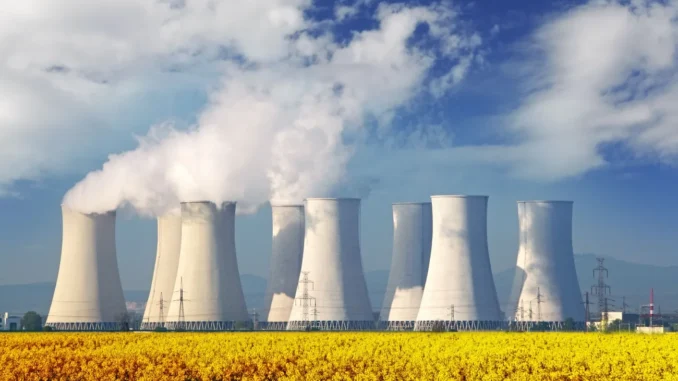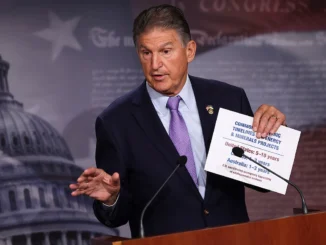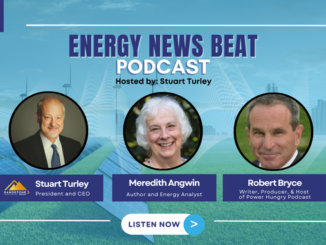
When recently asked on “The Washington Post Live” podcast about viable solutions to dealing with climate change that are deployable in the immediate future, Sen. Mitt Romney aptly responded with the following, “Nuclear. Nuclear is not emitting. It’s a technology that’s available. Let’s invest in nuclear.”
Romney is correct, and the organization that I have the pleasure of representing, Utah Associated Municipal Power Systems (UAMPS), is proving that the United States does have the capacity to develop advanced reactor technology that is deployable in the near term. In 2015, UAMPS determined that it would need firm capacity power generation that will be available 24/7 to back up its growing renewable energy footprint and partnered with NuScale Power to develop is called the Carbon Free Power Project.
The Carbon Free Power Project is the furthest advanced reactor project in development in the United States today, and our nation’s best chance of getting something commercially operational by 2030. (The first module would come online in 2029, and the remaining five would be in 2030). As these plants are all critical to our national security and energy independence, it is important that we continue to remove barriers that could delay their timeline for completion.
Permitting reform is critical to ensuring that complex projects like these outlined above are completed on time. Without significant, common-sense reforms to our current permitting process, our country is at risk of strangling our economy and spirit of innovation in burdensome regulations and government red tape. Romney understands how important these reforms will be to unleashing our economic and energy potential, leading to a stronger and more secure Utah and United States.
Before the Russian invasion of Ukraine, and even before this tragedy began, the Carbon Free Power Project has been a model to the country, and indeed the world. Countries in Eastern Europe such as Romania, Poland, Ukraine, Czechoslovakia, Bulgaria and others around the globe do not want to deploy Russian or Chinese reactor technology. These countries want an American flag technology, and our American technology exported to these nations benefits them by forging 60-plus-year relationships with these countries. Carbon Free Power Project, NuScale and UAMPS are proving that the United States can once again do big things in this country and also for the world.
Romney puts his money where his mouth is when it comes to nuclear energy and the Carbon Free Power Project. Last year, Senate draft report language would have effectively killed the project through the appropriations process. Romney was not just a listening ear, but an active champion in fighting for the project. It makes all the difference to have someone in Washington like Romney who has the respect of his colleagues, the knowledge needed, and, above all, the passion and drive to get challenging objectives accomplished. Acting with Sens. Mike Crapo and James Risch of Idaho and other of his Senate colleagues from both political parties, Romney was a key part of the coalition that preserved the Carbon Free Power Project.
Once the power project begins operations in 2029 and with other NuScale deployments domestically and internationally, future generations will be able to look back and recognize how much can be accomplished when serious legislators in Congress like Romney get to work and tackle serious challenges such as supporting the deployment of the first small modular reactor designed and deployed on American soil.
Mike Squires is the government affairs director for Utah Associated Municipal Power Systems overseeing UAMPS’ state and federal government affairs strategy. He worked for the lieutenant governor of Utah, and as a congressional staffer in Washington covering health care, energy and environmental issues.



